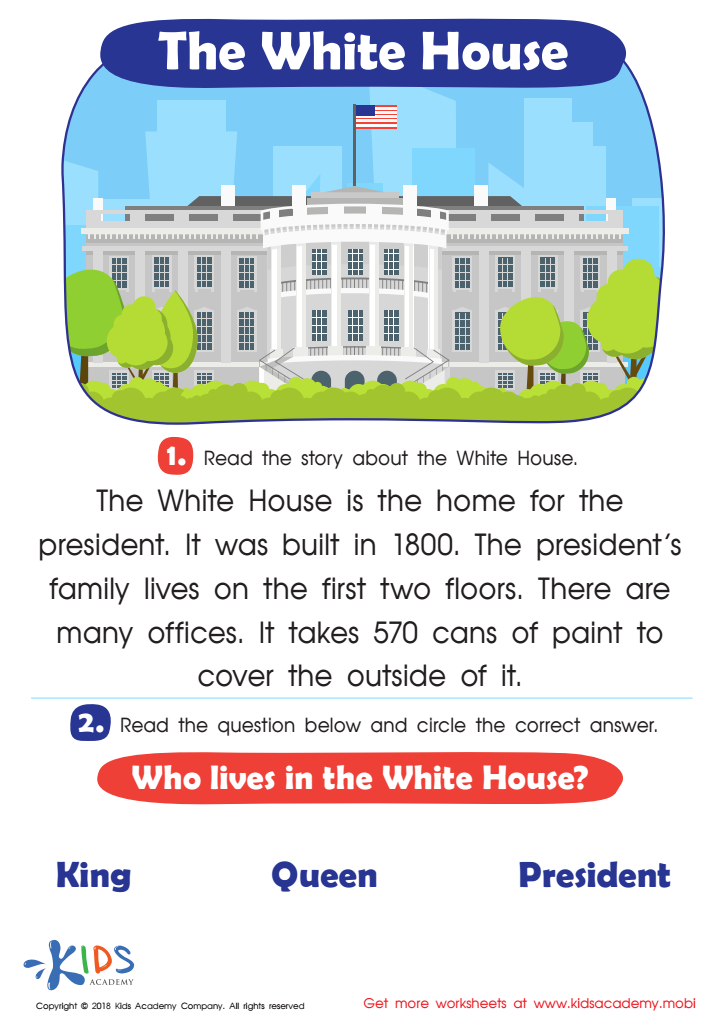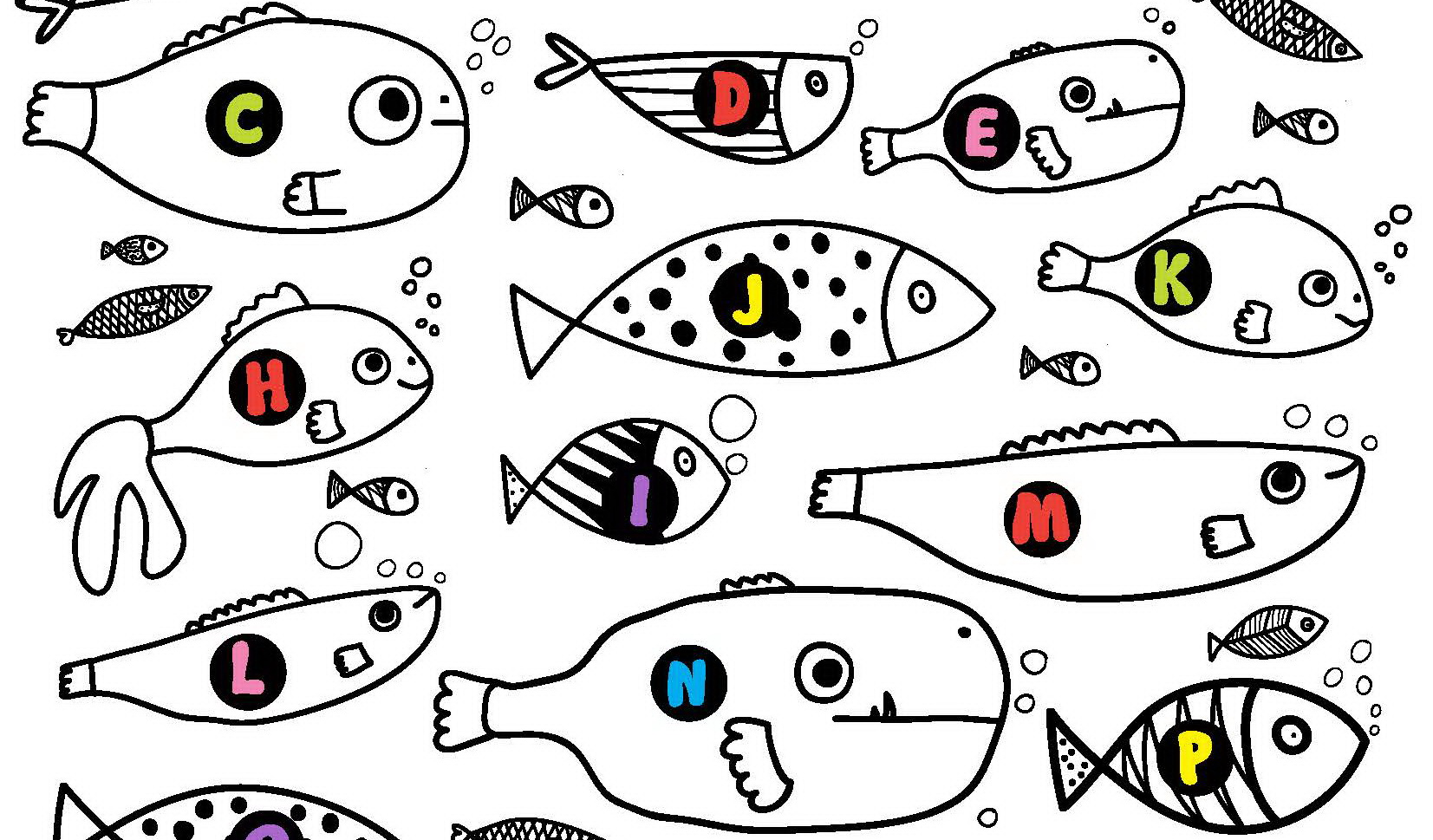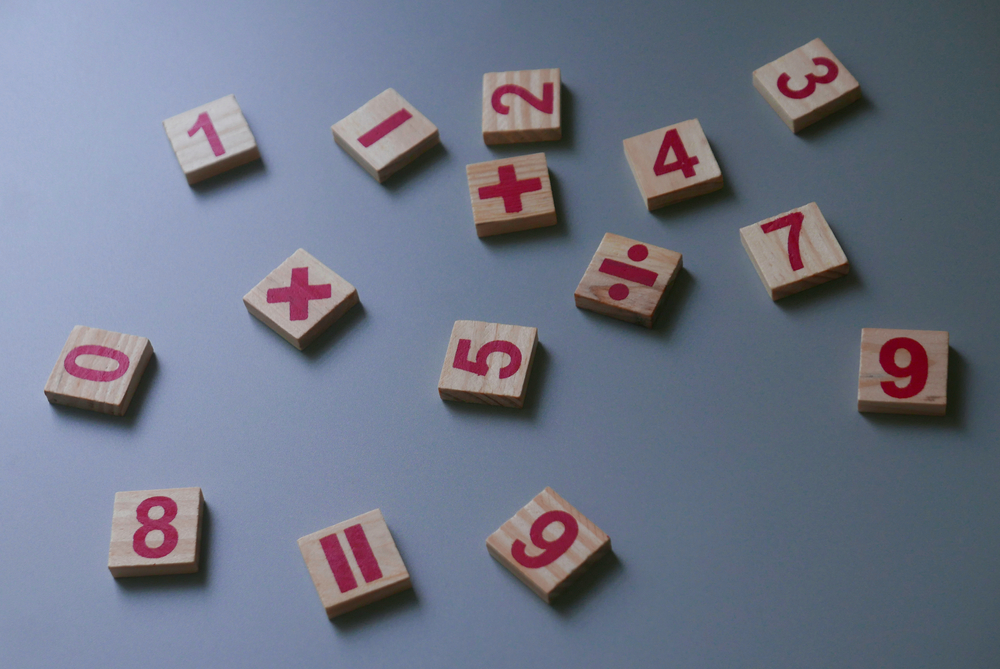Understanding architecture Worksheets for Kids
1 filtered results
-
From - To


White House Worksheet
Question/Answer
How to test a Grade 1 student’s Understanding architecture skills?
To test a Grade 1 student's understanding of architecture, use simple, hands-on activities like building structures with blocks or drawing their home. Ask them to describe their creations and the purpose of different rooms or parts. This approach assesses their basic grasp of architectural concepts, spatial awareness, and the ability to translate ideas into physical forms or drawings.
Why is the Understanding architecture skill important for Grade 1 students?
The Understanding architecture skill is important for Grade 1 students as it fosters creativity, improves spatial thinking, and enhances problem-solving abilities. It introduces them to the concepts of design and structure, helping them comprehend their physical environment better. This foundational knowledge sets the stage for critical thinking and appreciation of cultural and historical contexts in their surroundings.
What are some effective activities to train students’ Understanding architecture skill when teaching them about Reading Non-Fiction?
To train students in understanding architecture when teaching about Reading Non-Fiction, engage them in activities like creating concept maps to visually organize the structure of a text, summarizing paragraphs to grasp main ideas, comparing and contrasting different non-fiction texts, and identifying text features (headings, subheadings, bullet points) to understand how information is organized and presented.

 Assign to the classroom
Assign to the classroom



.jpg)








